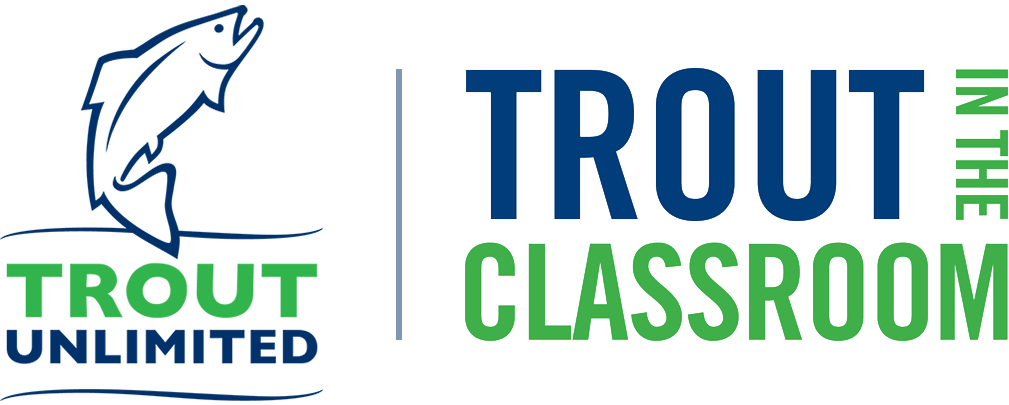| Potential Funders: Southern New YorkCATSKILL WATERSHED CORPORATION The CWC, in partnership with the NYC Department of Environmental Protection (DEP), provides Watershed Education Grants to schools, libraries, museums, vocational institutions and non-profit organizations in the West-of-Hudson (WOH) Watershed and in New York City. Potential Funders: All Other StatesTROUT UNLIMITED A good way to begin your hunt for funding — no matter where you are located — is to contact your local chapter of Trout Unlimited.DONORS CHOOSE If you are a public school teacher, DonorsChoose invites you to submit a project proposal for materials or experiences that would help your students learn. Please note that teachers do not receive any monies. If a donor funds your proposal, DonorsChoose will purchase and deliver what you requested. ENHANCING STUDENT MATHEMATICS LEARNING THROUGH USE OF TOOLS AND TECHNOLOGYThe purpose of this grant is to encourage the innovative use of technology and other tools to “help teachers and students visualize and concretize mathematics abstractions…” When used appropriately, they can enhance other effective teaching and promote meaningful learning opportunities for students. For 2016-17, grants with a maximum of $3,000 each will be awarded to persons currently teaching mathematics in grades Pre-K-12. Materials may include, but not be limited to, books, calculators, tablets, computers, or related equipment as well as professional development in the use of the designated tools and technology.PHYSH ED GRANTS — FUTURE FISHERMAN FOUNDATION Through their partnership with the Recreational Boating and Fishing Foundation, the Future Fisherman Foundation has developed the Physh Ed grants initiative which offers grants in the amount of $2,500 to certified teachers in public, private or charter schools. They offer grants, training, and other services to help prepare teachers to launch fishing and boating programs in schools across the country. TIC fits in their initiative if it is part of a cross-curricular program.TOSHIBA AMERICA FOUNDATION GRANTS Applications for grants under $5,000 are accepted year-round. Check the Web site for grades K-6 and 7-12 application rules. Deadline for grants over $5,000: February 1st or August 1st The Toshiba America Foundation encourages teacher-led, K-12 classroom-based programs, projects, and activities that have the potential to improve classroom experiences in science, mathematics, and technology.CAPTAIN PLANET FOUNDATION The mission of the Captain Planet Foundation (CPF) is to support hands-on environmental projects for youth in grades K-12. Our objective is to encourage innovative activities that empower children around the world to work individually and collectively as environmental stewards. Through ongoing education, we believe that children can play a vital role in preserving our precious natural resources for future generations.TOYOTA TAPESTRY GRANTS FOR TEACHERS Open to K-12 teachers of science residing in the United States or U.S. territories or possessions. All middle and high school science teachers and elementary teachers who teach some science in the classroom are eligible. This program has deadlines; check the website to find them. Proposals must describe a project including its potential impact on students, and a budget up to $10,000 (up to $2,500 for mini-grants). Environmental Education is one of their three target categories.KIDS IN NEED TEACHER GRANTS Kids In Need Teacher Grants provide K-12 educators with funding to provide innovative learning opportunities for their students. The SHOPA Kids In Need Foundation helps to engage students in the learning process by supporting our most creative and important educational resource – our nation’s teachers. Businesses work through KINF to sponsor classrooms.TARGET FIELD TRIP GRANTS Education professionals who are employed by an accredited K-12 public, private or charter school in the United States that maintain a 501(c)(3) or a 509(a)(1) tax exempt status can apply for up to $1,000 for a class field trip. Educators, teachers, principals, paraprofessionals or classified staff of these institutions must be willing and able to plan and execute a field trip that will provide a demonstrable learning experience for students.MELINDA GRAY ARDIA ENVIRONMENTAL FOUNDATION The Foundation seeks to facilitate the development and implementation of holistic environmental curricula that incorporate basic ecological principles and field environmental activities within a primary or secondary school setting. Accordingly, the Foundation is interested in contributing to the development, implementation and/or field testing of curricula that are consistent with the mission of the Foundation.FIRST ENERGY STEM CLASSROOM GRANTSFirstEnergy proudly supports classroom projects and teacher professional-development initiatives focusing on science, technology, engineering and mathematics (STEM). One of the ways we support these activities is by offering science, technology, engineering and mathematics (STEM) education grants of up to $1,000 to educators at schools and youth groups in communities served by our electric operating companies, other areas where we have facilities, and where we do business.TARGET FIELD TRIP GRANTSIt’s become increasingly difficult for schools to fund learning opportunities outside the classroom. To help them out, we launched Field Trip Grants in 2007. Since then, we’ve made it possible for millions of students to go on a field trip. As part of the program, Target stores award Field Trip Grants to K-12 schools nationwide. Each grant is valued up to $700. We accept grant applications between noon CST Aug. 1 and 11:59 p.m. CT Oct. 1. |
Quick Search
Popular Search
life cycletroutanatomyhow to build egg basketstrou
Potential funders (old)
Powered by BetterDocs





